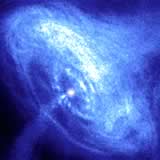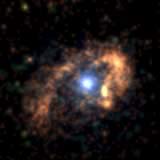The Nobel Prize in Physics 2002
|
||||||||||||
|
|
Contents: Addition to the Nobel Poster: Questions and Answers related to the Prize |
Web Adapted Version of the Nobel Poster from the Royal Swedish Academy of Sciences |
|
|||||||||
Nobel Prizes and laureates
Six prizes were awarded for achievements that have conferred the greatest benefit to humankind. The 14 laureates' work and discoveries range from quantum tunnelling to promoting democratic rights.
See them all presented here.





